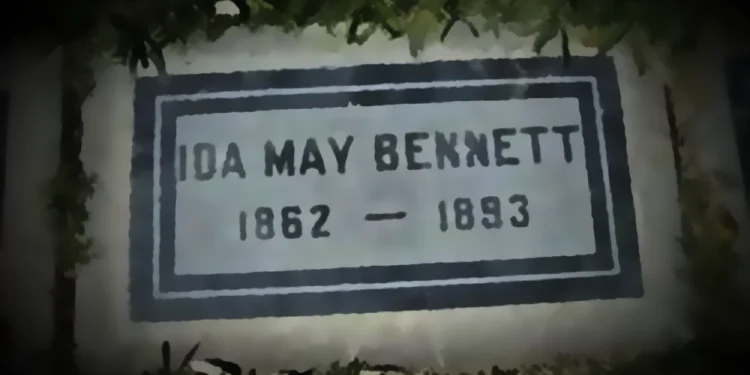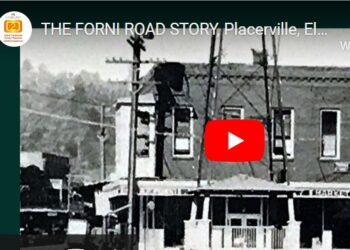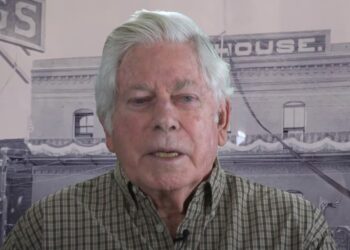El Dorado County (March 30, 2024) – In the bygone era of 1893, amidst the swirl of societal norms and nascent women’s rights, a tale unfolded that both shocked and saddened the community. The protagonist of this story was not a renowned figure but a valiant soul named Ida May Bennett, whose untimely demise sent ripples of sorrow through the hearts of many.
Ida May Bennett, a luminary of her time yet largely unsung in modern memory. One of four girls born to David and Maria Bennett — immigrants from Illinois to California and who were raised near Shingle Springs in El Dorado County — Ida May and her sisters were well educated for women of their time.

The eldest, Mary H. Bennett, was a leader in promoting women’s issues in San Bernardino in the late 19th and early 20th centuries. She taught in the local primary schools; was founder of the associated charities of city; was a leader of the women’s Christian Temperance Union; was active in the Women’s Parliament, which sought women’s suffrage and an expanded role for women in public affairs; helped found the San Bernardino Women’s Club; and led the campaign to replace “Tin Can Alley” with what became known as Meadowbrook Park.
Her eldest sister, Mary H. Bennett, blazed trails in promoting women’s issues, while Minnie Bennett, the second sibling, left an indelible mark as a beloved teacher until her tragic demise from scarlet fever. Marie Antoinette Bennett, the third sister, carved her path as a pioneering woman in medicine, setting precedents in the field.
However, it was Ida May who captured hearts with her dedication to education and community service. Following in her sisters’ footsteps, she embarked on a teaching career in San Bernardino after graduating from the State Normal School in San Jose. Her commitment to her students was matched only by her passion for public service.
Ida May’s endeavors extended beyond the classroom. She played a pivotal role in establishing the San Bernardino Library Association, breaking barriers as one of the first women to assume a leadership position alongside men. Her influence also reverberated through her church work, where she strove to foster Christian piety and community engagement.
In a twist of fate, Ida May’s journey took a different turn when she joined the Salvation Army, forsaking a planned mission to Siam for the streets of Spokane, Washington. There, she encountered Daniel W. Hoskins, a troubled soul seeking solace amidst personal turmoil. Despite her compassionate efforts, tragedy struck when Hoskins, misinterpreting her kindness, proposed marriage, only to be met with rejection.
The aftermath of this fateful encounter shocked the community to its core. Daniel W. Hoskins, driven by despair and rejection, committed a heinous act, extinguishing the life of Ida May Bennett. Her murder on May 5, 1893, robbed the world of a gentle soul and a beacon of hope.
The outpouring of grief that followed, culminating in a poignant memorial service at the San Bernardino Opera House, testified to the profound impact of Ida May’s life. Her beauty, intellect, and unwavering commitment to goodness left an indelible mark on all who knew her, a legacy that transcends the confines of time.
As we reflect on the tragic tale of Ida May Bennett, let us not only mourn the loss of a remarkable individual but also celebrate her courage, compassion, and enduring spirit. In a world often overshadowed by darkness, her light shines bright, a reminder of the transformative power of love and kindness.










